In this article, we will learn how to monitor SQL Server blocking issues with different methods.
Read more »



In this article, we will learn how to monitor SQL Server blocking issues with different methods.
Read more »
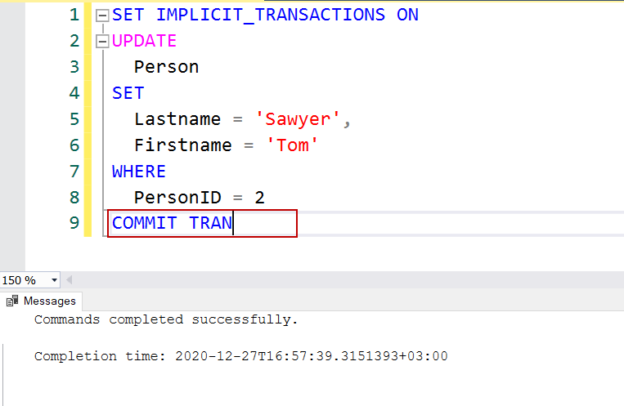
In this article, we are going to talk about the modes of transactions in SQL Server.
Read more »
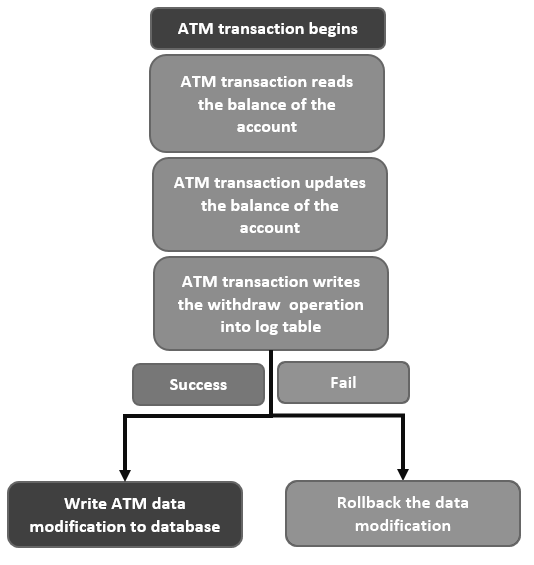
In this article, we will talk about fundamental details of the transactions in SQL Server.
Read more »
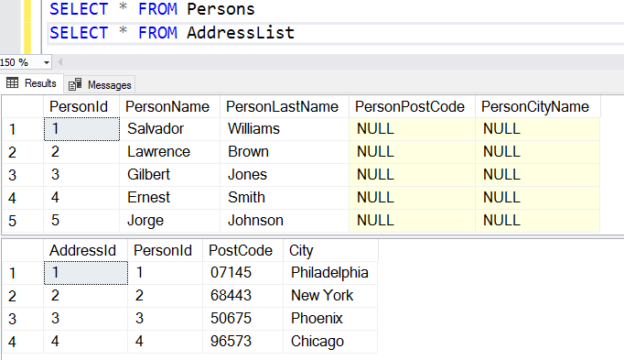
SQL Server creates an optimized execution plan based on the available inputs such as statistics, indexes. By default, it chooses a cost-optimized execution plan and executes the query. Sometimes, we use SQL queries table hints to override the default mechanism. Developers popularly use WITH (NOLOCK) query hint in a Select statement to avoid blocking issues.
Read more »
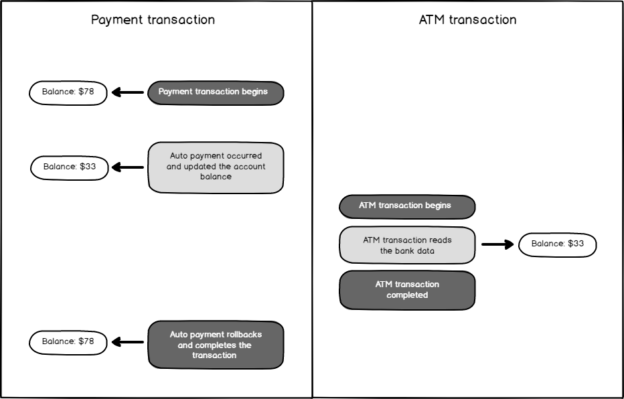
In this article, we will discuss the Dirty Read concurrency issue and also learn the details of the Read Uncommitted Isolation Level.
Read more »
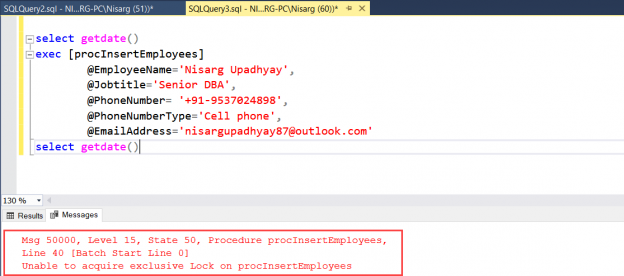
This article explains about the sp_getapplock and sp_releaselock stored procedures and their usage with example.
Read more »
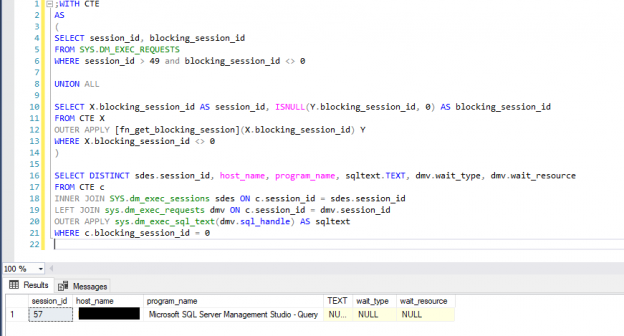
In this article, we will study how to recognize and resolve the SQL blocking chain by determining and troubleshooting the root cause.
Read more »
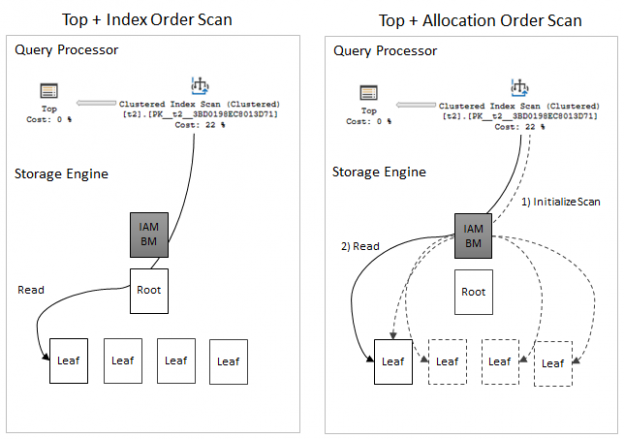
Sometimes people use nolock hint as a “turbo” button for their queries, assuming that not taking locks will speed up the query execution. There are many good articles describing all the dangerous moments of this approach, because of the read uncommitted isolation level. However, the focus of this article is a performance problem that you may encounter using nolock hint in some cases.
Let us setup some test data first.
Read more »
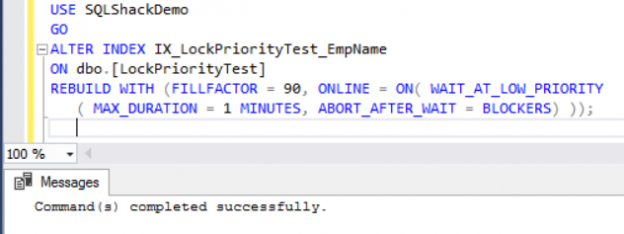
When you perform a SQL Server Online Index Rebuild operation, introduced for the first time in SQL Server 2005, the index will not be taken down. But at a specific point, in which the new index new is built and switched from the old structure of the index, a special kind of lock, Schema Modification (SCH-M), will be granted. This lock may cause blocking if your database server is busy.
Read more »

Locking is essential to successful SQL Server transactions processing and it is designed to allow SQL Server to work seamlessly in a multi-user environment. Locking is the way that SQL Server manages transaction concurrency. Essentially, locks are in-memory structures which have owners, types, and the hash of the resource that it should protect. A lock as an in-memory structure is 96 bytes in size.
Read more »© Quest Software Inc. ALL RIGHTS RESERVED. | GDPR | Terms of Use | Privacy